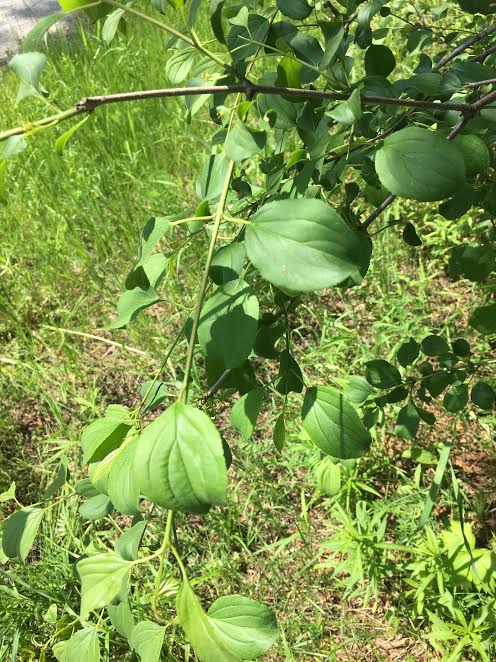|
Common Buckthorn (rhamnus cathartica)
This week's featured invasive species is common buckthorn. It is most often found in woodlands and open fields, but can grow in a variety of conditions and locations. Buckthorn spreads very easily, as its fruit are a favourite snack of birds and animals who carry it from one location to another. Here are some fast facts about the species:
0 Comments
Your comment will be posted after it is approved.
Leave a Reply. |
|
|
|
Our Location266 Plenty Lane Lanark, Ontario, Canada K0G 1K0 (613)-278-2215 |
Donate to Plenty Canada |


